The Arts offer a special glimpse into the experiences and beliefs of both current and past cultures. The arts of indigenous peoples have ranged from functional works, decoration of ceremonial items, illustrations of lore and history to modern twists of a visual language rooted in culture. Indigenous arts are art created by the original people to inhabit a land: Australian Aboriginals, New Zealand’s Maori people, Northwest Coastal people of the U.S., Meso and central America, the Amazon, the Artic, Asia and the Asia-Pacific are all examples of locations with indigenous traditions.
The artwork of indigenous people is important for students to experience for several reasons. Art is a large part of cultural identity and history which can expose students to cultures other than their own. Making art is about making meaning. Understanding how others make meaning can build a bridge of understanding between people as we appreciate our similarities and differences.
Learning about how cultures have expressed themselves in the past and comparing that to today can provide a context to better understand and appreciate ourselves and others. The study of indigenous arts can open a door to new ways of seeing and conversations about how we interact with our current culture. Then conversations about how we want to mold the future using our visual expressions are possible. This creates a deeper sense of self and agency; giving each student the power to express themselves in their voice.
Students from all back grounds need to see themselves represented in the art they experience. A historically traditional arts education would be mainly Eurocentric male artists, rendering the rest of the population invisible. As students experience seeing people like them working, creating change in their world, they can better envision their future selves and possible impacts.
As we become aware of indigenous arts, we need to be sure that our appreciation and admiration does not become appropriation. All study of art is used, over time, to develop a personal voice; never to copy someone else’s. While we may love the colors used in the NW Coastal traditions, we may not have the deep understanding of their significance. Optimally, an indigenous artist would present to your students about their work and work of their culture. When that isn’t possible, these lessons have endeavored to be sensitive and accurate.
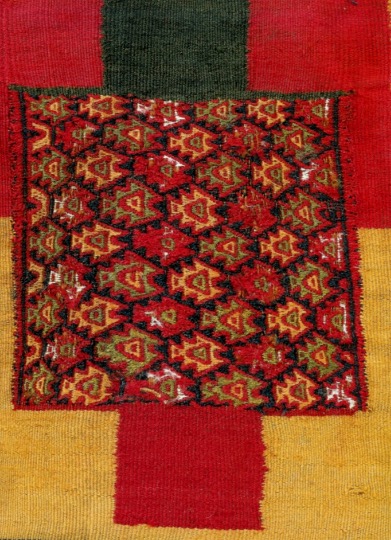 Inca Burial Mantle (Peru) 1470-1535 Intricate pattern in color and shape.
Inca Burial Mantle (Peru) 1470-1535 Intricate pattern in color and shape.
.jpg)
New Guinea Festival 20th c. Variation of a theme but enough is unified that the pattern is obvious.
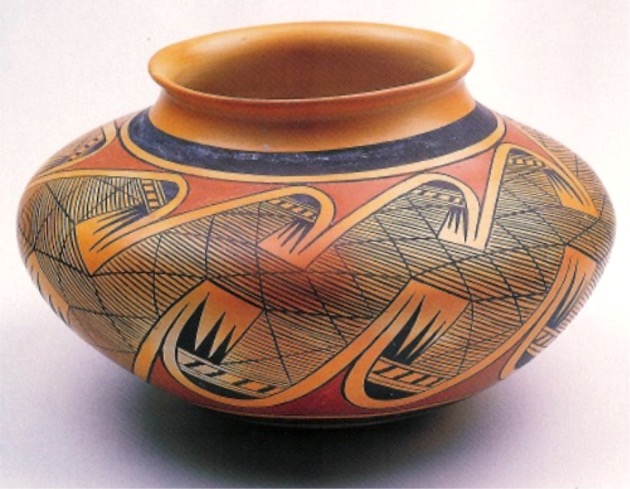
Migration Pot Fanny Nampeyo Poloacca (Hopi) 1952
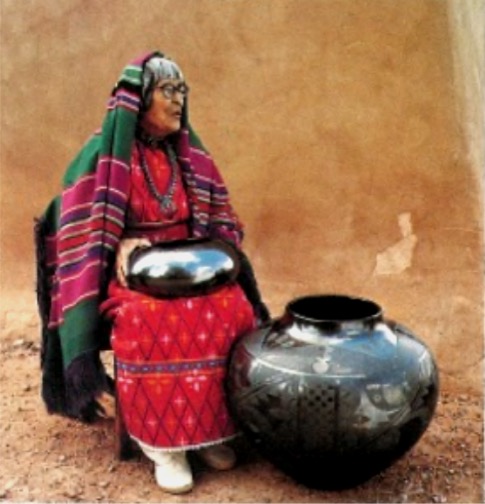
Pot Maria Martinez (Pueblo) 1980s
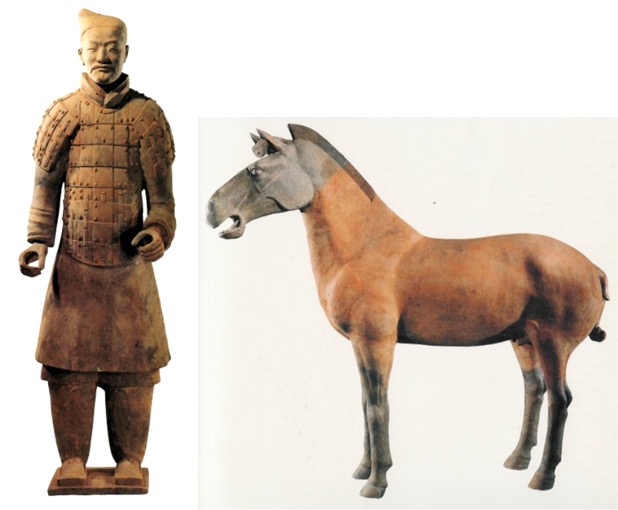
Zhaanzi Warriors (China) 210bc. Life size Terra cotta.
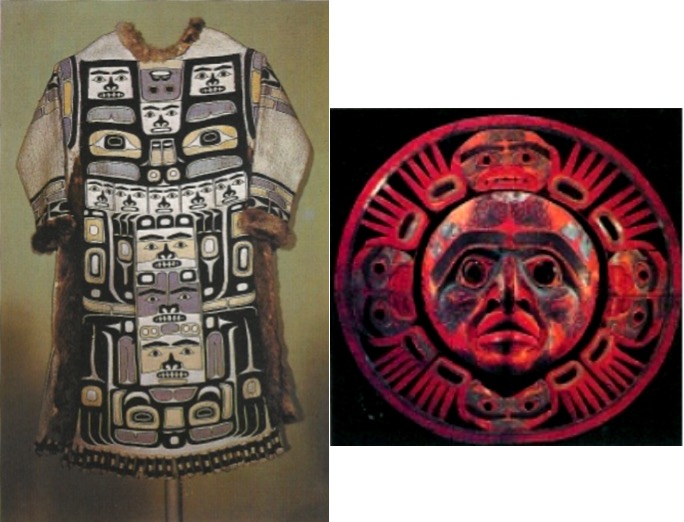
Tlingit Shirt & other object (Northwest Native American) 19th c. Positive and Negative space switch back and forth and intertwine. Can you find a big face? Smaller faces?
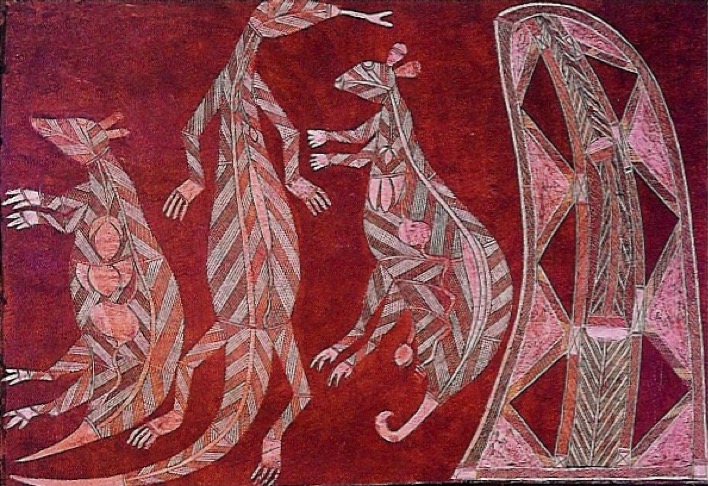
Kangaroos (bark painting) Aboriginal 20th C. red/purple
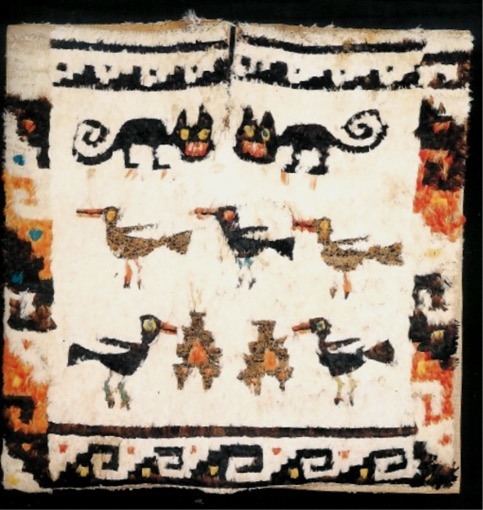
Peruvian Feather Blanket (Nazca) 3rd or 4th c. symmetrical
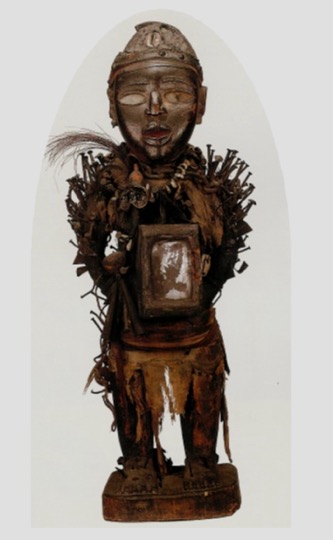
Nikisi Nkondi (Congo) 19th C.
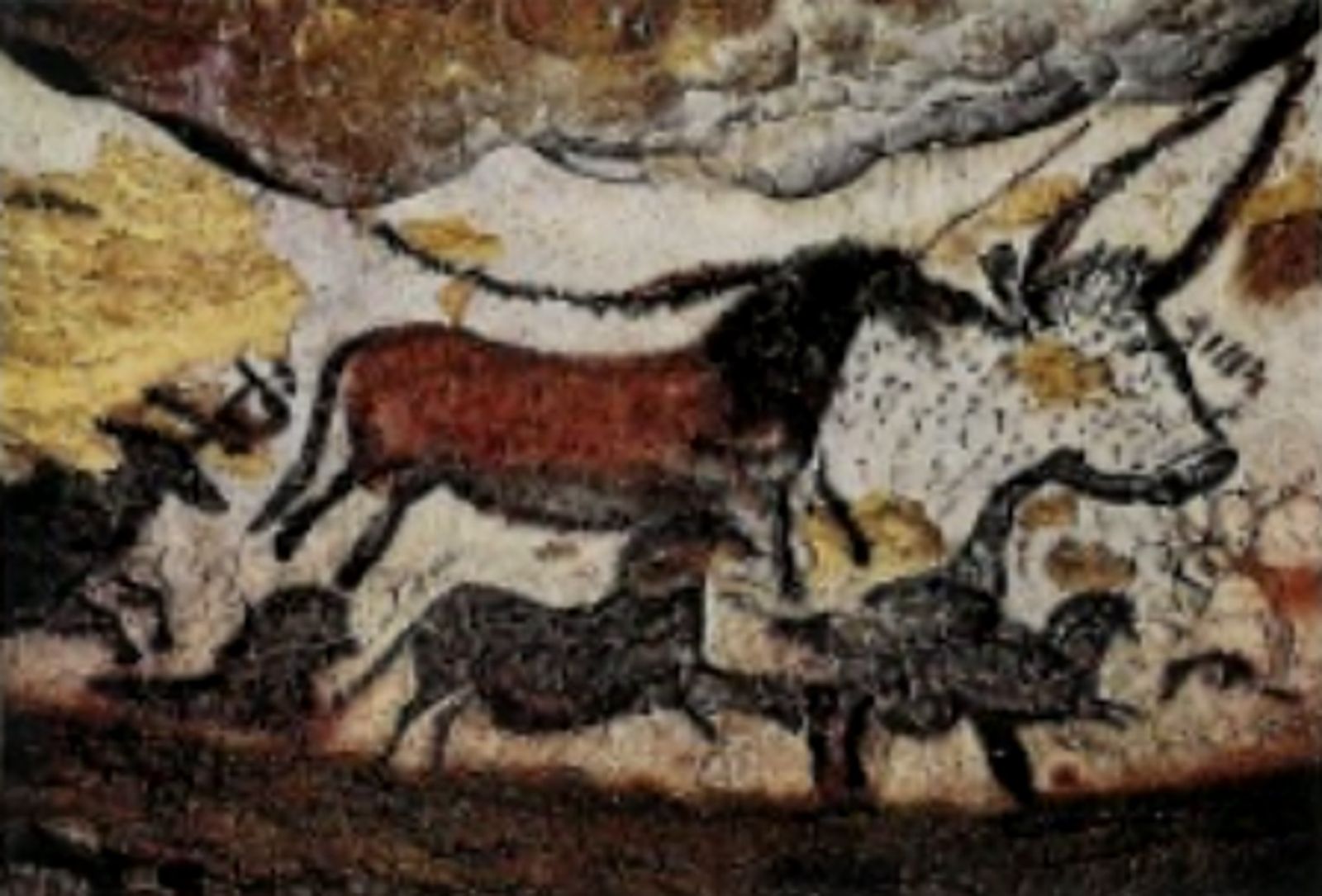
Cave Paintings (France) 12000bc. Just showing how early people started painting.
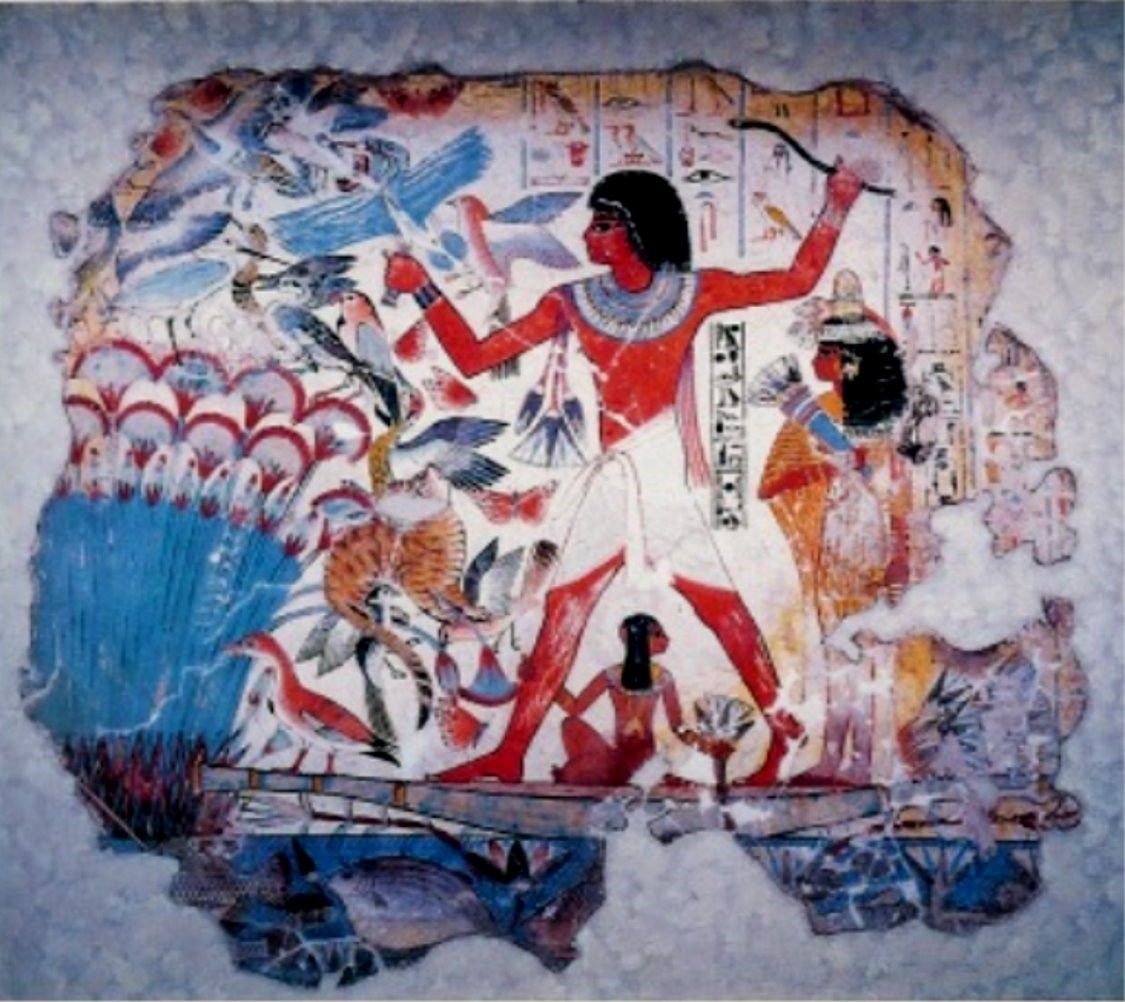
Fragment Tomb of Nebamum Thebes 1450BC Egyptian blue/orange.
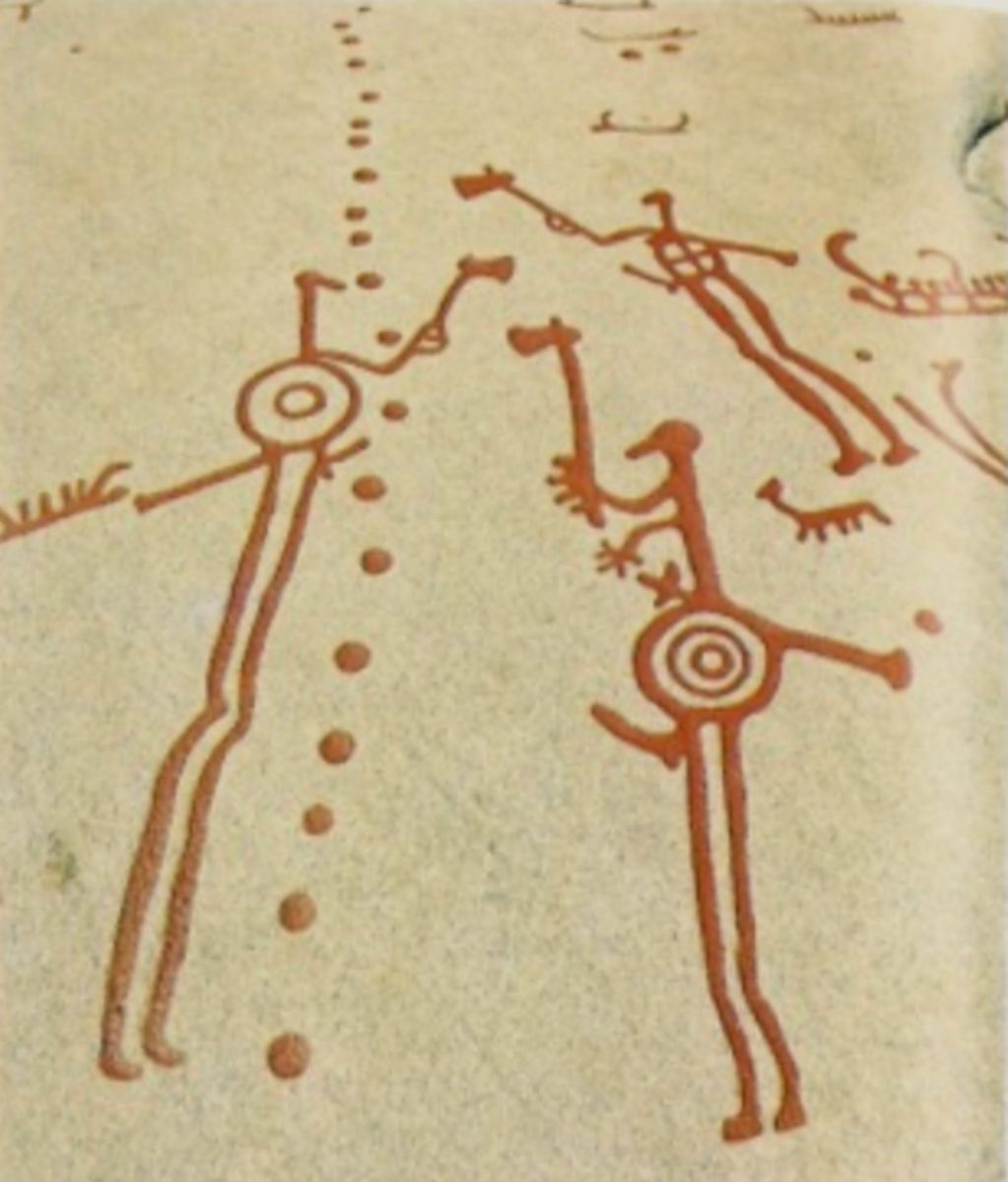
Swedish hyroglyphics. Line telling story and creating design.
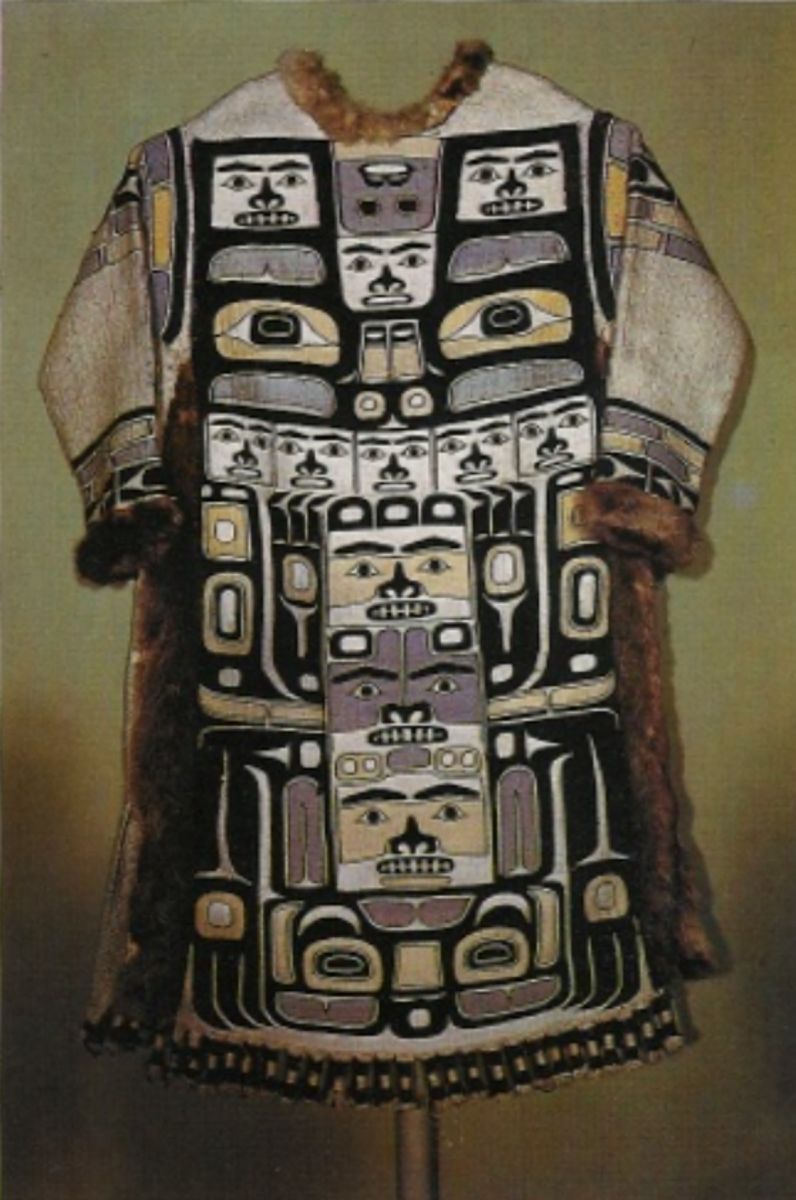
Tlingit Robe Native American robe with intricate stitching that reflects the designs found on other Tlingit objects.

Congo Mask, before 1950. Notice all the different textures and elements used to make this mask – also the contrasting colors.
Fueling Success for Every Student, Every School